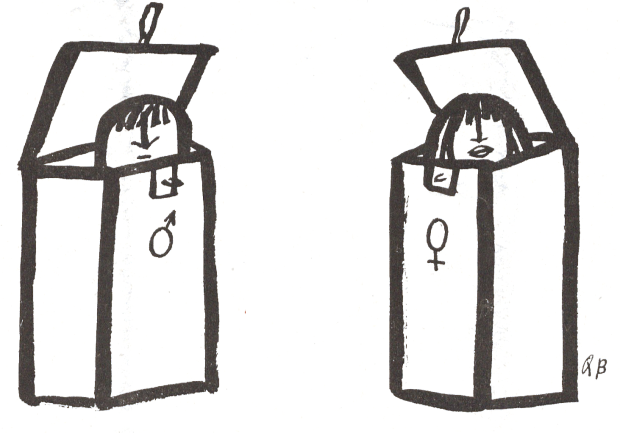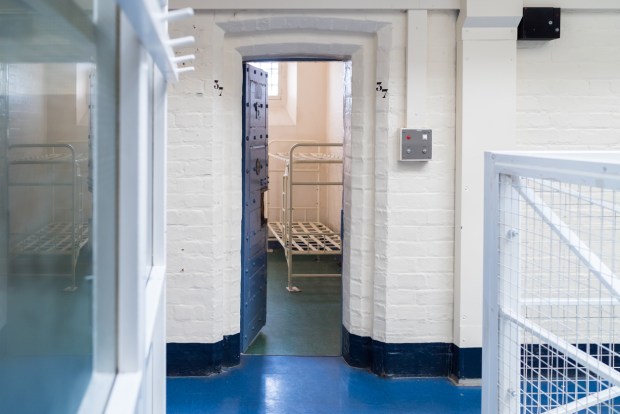The Health Secretary Steve Barclay is expected to announce plans to ban transwomen like me from female hospital wards today. Let’s be clear, the privacy, dignity and safety of women in hospital have been overlooked for too long – but Barclay will also need to offer separate wards or rooms for transgender people. Yes, women should not be expected to budge up and make room for men who identify as transgender, but nor should the Health Secretary make the lives of those who transitioned – perhaps many years ago – more difficult than needs be.
There are solutions that don’t involve penalising those who’ve transitioned
The goal for transsexuals (a term I prefer to ‘transgender’ because it is defined within The Equality Act) is to transition using hormone therapy and genital surgery and then re-integrate into society to get on with our lives. While I think few people would shed a tear if a part-time cross-dresser was housed on a male ward, where does this leave the transsexual who transitioned many years ago? Someone who married their long-term male partner as soon as the Gender Recognition Act allowed it and is now known within their family as a mother or grandmother? An open male ward?
Some campaigners might well declare, ‘once a man, always a man’, but the abrasive language of social media does not translate well into policy. Yes, a male transsexual might still have a male body – human beings cannot change sex after all – but if that body no longer looks like a male body then privacy and dignity, if not safety, are going to be an issue on the male ward. The problem might have been moved, but it will not have been solved.
This is why gender reassignment is a protected characteristic under the law. As Kemi Badenoch has said so powerfully in parliament, ‘the Equality Act is a shield, not a sword’ – it should not be used to allow transsexuals to force themselves into spaces reserved for the other sex (or be placed there by ideological officials). Instead, it is there to protect those who have meaningfully transitioned – making sure they are not treated less favourably.
Really though, all this is a mess of the Tories’ own making. It was Conservative MP Maria Miller, as chair of the Women and Equalities Select Committee, who stood up in the House of Commons to call on the Conservative government to give ‘unequivocal commitments’ to ‘ensure that the UK leads the world on trans equality rights’. Namely, introducing what she described as gender self-declaration and enshrining the nebulous concept of gender identity into UK law.
That was December 2016. If Conservative prime minister Theresa May had had her way, the Gender Recognition Act would have been reformed to allow anyone to change their legal sex without any medical checks. Speaking at a Pink News awards dinner she declared that ‘being trans is not an illness and it should not be treated as such.’
At the Tory party conference two years ago, her successor Boris Johnson looked on as his wife addressed a fringe event organised by the LGBT+ Conservatives and Stonewall. Penny Mordaunt – the current leader of the House of Commons – has preached the language of Stonewall from the despatch box: ‘trans women are women and trans men are men. That is the starting point for the GRA consultation, and it will be its finishing point too.’
The Labour party might have been even more egregious in its denial of biological reality, but this is not a battle between left and right – certainly in the traditional sense. The Communist party of Britain, for example, knows the difference between men and women, and the party ‘rejects gender self-ID as the basis for sex-based entitlements in law to women’s single-sex rights, spaces and facilities.’
It looks like the government may at last be putting right its own mistakes, but it needs to be careful to avoid overcorrecting. There are solutions that don’t involve penalising those who’ve transitioned. In many countries, everyone can expect a private room in hospital. Goodness, that would be a tall order for the NHS. But perhaps it might be the best way of balancing the rights of transsexuals with the rights of women.
Got something to add? Join the discussion and comment below.
Get 10 issues for just $10
Subscribe to The Spectator Australia today for the next 10 magazine issues, plus full online access, for just $10.


















Comments
Don't miss out
Join the conversation with other Spectator Australia readers. Subscribe to leave a comment.
SUBSCRIBEAlready a subscriber? Log in